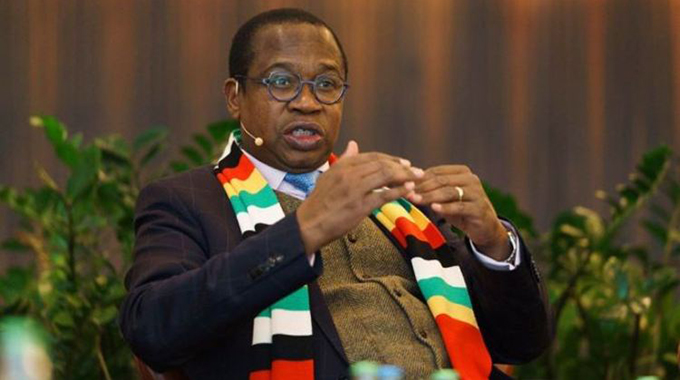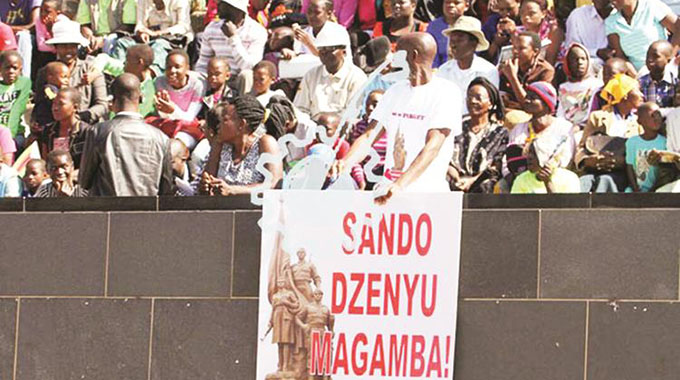Mining generates 68pc of exports

Africa Moyo Deputy News Editor
The mining sector continues to demonstrate its centrality to the economy after generating US$1,3 billion in the first half of the year, to help the country make key foreign payments for fuel and other critical raw materials.
More export earnings are expected in the next few months when Government launches a “comprehensive strategy and roadmap towards a US$12 billion mining industry by 2023”.
Finance and Economic Development Minister Professor Mthuli Ncube said this during the 2019 Mid-Year Budget Review and Supplementary Budget presentation last week.
He said at US$1,3 billion, the mining sector contributed 68 percent to overall total exports of US$1,9 billion in the first half of 2019.
“Mining remains our major source for export earnings, GDP and employment,” said Prof Ncube.
“During the first half of the year, the sector contributed US$1,3 billion, which is 68 percent of the total exports of US$1,9 billion.”
The mining sector accommodates 45 000 formal employees and is also a source of livelihood to over a million small-scale and artisanal miners involved in gold and chrome mining.
Prof Ncube believes the mining sector could have generated more export receipts in the first half if it had not faced several challenges including adverse weather conditions especially in Manicaland and Masvingo provinces following the devastating Cyclone Idai.
He said the sector, which experienced recovery during the first quarter of the year, apparently faced headwinds during the second quarter, as evidenced by output losses in most major minerals such as gold, platinum, palladium, diamonds, nickel, chrome and coal.
“The major constraints are being imposed by foreign currency shortages and the intermittent electricity supply. However, given the resilience and potential of the mining sector, current setbacks are temporary with expected recovery in the short-term on the back of firm international prices and envisaged improvements in power and forex supply.
“Furthermore, Government, in line with the thrust of opening up the economy to private investment, has concluded a number of investment agreements with investors.
“These investments, will, however, take some time (up to 10 years of production) to give visible net benefits in view of long gestation periods for mining projects,” said Prof Ncube.
Two key investments worth a combined US$7,2 billion, have been made in the platinum sector.
Karo Resources has ploughed in US$4,2 billion in Ngezi while Great Dyke Investments, a joint venture between Zimbabwe and Russia, also wants to mine platinum in Darwendale.
Prof Ncube said the unveiling of comprehensive strategy and roadmap towards a US$12 billion mining industry by 2023, is not “an event, but a process, which is well underway with concrete start-ups and expansion of projects in a number of minerals, which include platinum, gold, ferrochrome, coal and hydrocarbons, lithium, diamonds, iron ore, among others”.
The mining sector generated US$3,4 billion last year and should be on course to surpassing that milestone if production rises in the second half of the year.
Meanwhile, Government is putting in place a Gold Finance Facility to capacitate Fidelity Printers and Refiners (FPR) so that it buys gold from all gold producers.
Prof Ncube said they will ensure there is one system to be used by FPR for purchasing gold. The current system is that 55 percent of gold sales proceeds are retained by the gold producers in their Nostro accounts and 45 percent is paid in Zimbabwean dollars.









Comments